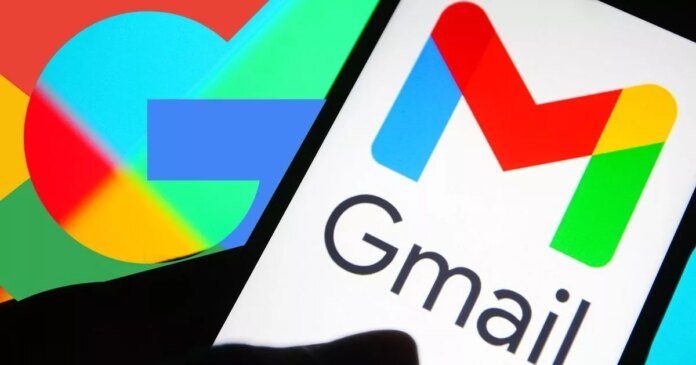In the world of email accounts like Gmail and Yahoo, it’s essential to ensure a crucial security feature called 2-step verification (2SV) is activated. Action Fraud has recently raised awareness about the importance of enabling 2SV to enhance account security.
2SV adds an extra layer of protection by requiring a secondary verification step before granting access to an account. This means that a code or login request is sent to a secondary device to confirm the authenticity of the user logging in.
According to Action Fraud, enabling 2SV can prevent unauthorized access to your email account, even if someone has your password. Most major email platforms offer 2-step verification, and neglecting this security measure could expose your messages to potential threats.
To check if 2SV is enabled in Gmail, follow these steps:
– Log in to your Google Account and go to settings.
– Navigate to the Security section and click on 2-Step Verification.
– Follow the instructions, which typically involve selecting a second verification method such as Google prompts, a phone number, or a security key.
Once activated, you’ll receive alerts if someone tries to log in from a new device. You can deny access if it’s unauthorized, helping you identify potential hacking attempts. The UK Government’s Stop Think Fraud site also emphasizes the importance of 2SV for protecting critical accounts like email.
Enabling 2SV only takes a few minutes and provides an additional safeguard against fraudsters. It can usually be found in the security settings of your account, sometimes labeled as 2-factor authentication (2FA) or multi-factor authentication (MFA). This security feature is widely available for various online services, including email, banking, and social media.
For detailed guidance on enabling 2SV, the Stop Think Fraud website offers comprehensive advice to help users through the setup process. Prioritizing account security by activating 2-step verification is a proactive measure to keep your online accounts secure.
